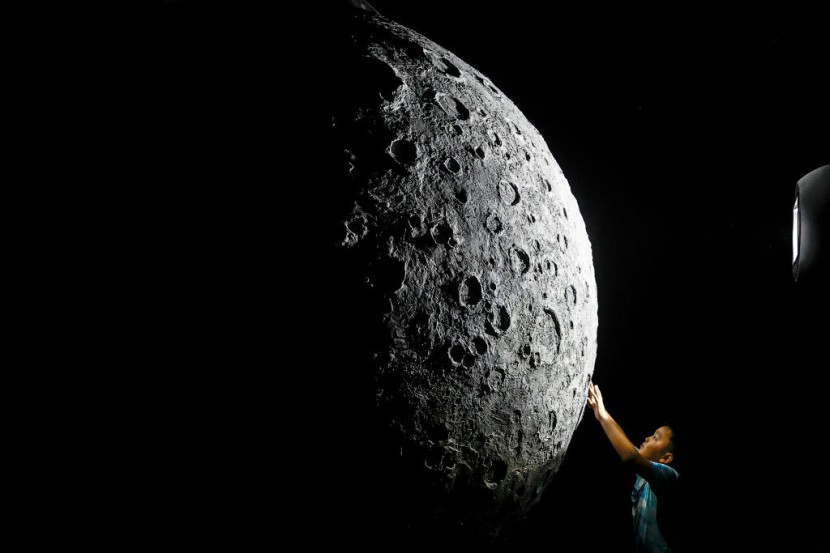NASA's 2040 moon human settlement ambition fascinates lots of scientists and other experts. This is because although many researchers said that it is possible for humans to reside on the lunar body, achieving this would take hundreds or thousands of years.
But, the National Aeronautics and Space Administration seems to be quite confident with its ambitious plan to allow Americans to live on the moon's surface.

However, can the International Space Agency really achieve this? Here are other details you need to know about NASA's ambitious 2040 moon human settlement goal.
NASA's 2040 Moon Human Settlement Ambition Fascinates Scientists
Although many scientists are excited about NASA's 2040 moon human settlement goal, some experts doubt that the aerospace organization can achieve it within such a short period.
However, NASA claimed that achieving lunar habitation by 2024 is really entirely within reach. The space agency's Lunar Homestead project is inspired by the Artemis mission, which aims to bring humans back to the moon's surface and establish a sustainable presence.
The Lunar Homestead initiative envisions the establishment of moon architecture for habitable structures, which could allow humans, specifically Americans, to have a prolonged presence and scientific endeavors on the surface of Earth's natural satellite.
For the past few years, many experts have been doubting the dream of NASA to establish a prolonged human presence on the moon. Recently, Scientific American explained that people evolved and adapted to conditions on Earth.
The report stated that if people are moved off the Blue Planet, their bodies will start to fail psychologically and physically. For example, cosmic rays can lead to increased cancer risks.
Microgravity is another serious issue, which could drastically affect bones and other body parts of the human body. NASA is already aware of these problems since some of the warnings came from their former and current officials and staff.
This is why the International Space Agency has a plan to achieve moon human settlements, as reported by Fox News.
How NASA Plans To Achieve This

NASA is fully committed to allowing humans to live on the moon's surface, as well as other planets in the solar system. The agency's scientists and leaders are devising numerous plans just to make humans interstellar beings.
To achieve its moon human residences, NASA's scientists and engineers will design novel lunar constructions, as well as create methods for lunar inhabitants that can allow them to access essential resources.
Of course, NASA will also make drastic efforts to achieve groundbreaking engineering solutions, that can protect humans from the harsh elements on the moon, such as cosmic radiation, micrometeorite, and extreme temperatures.
NASA recently said that it will use lunar regolith-the moon's substance similar to Earth's soil-as its primary material for construction.
These are just some of the things NASA will do to achieve its 2040 moon human settlement goal. To learn more, you can click this link.
© 2025 HNGN, All rights reserved. Do not reproduce without permission.








